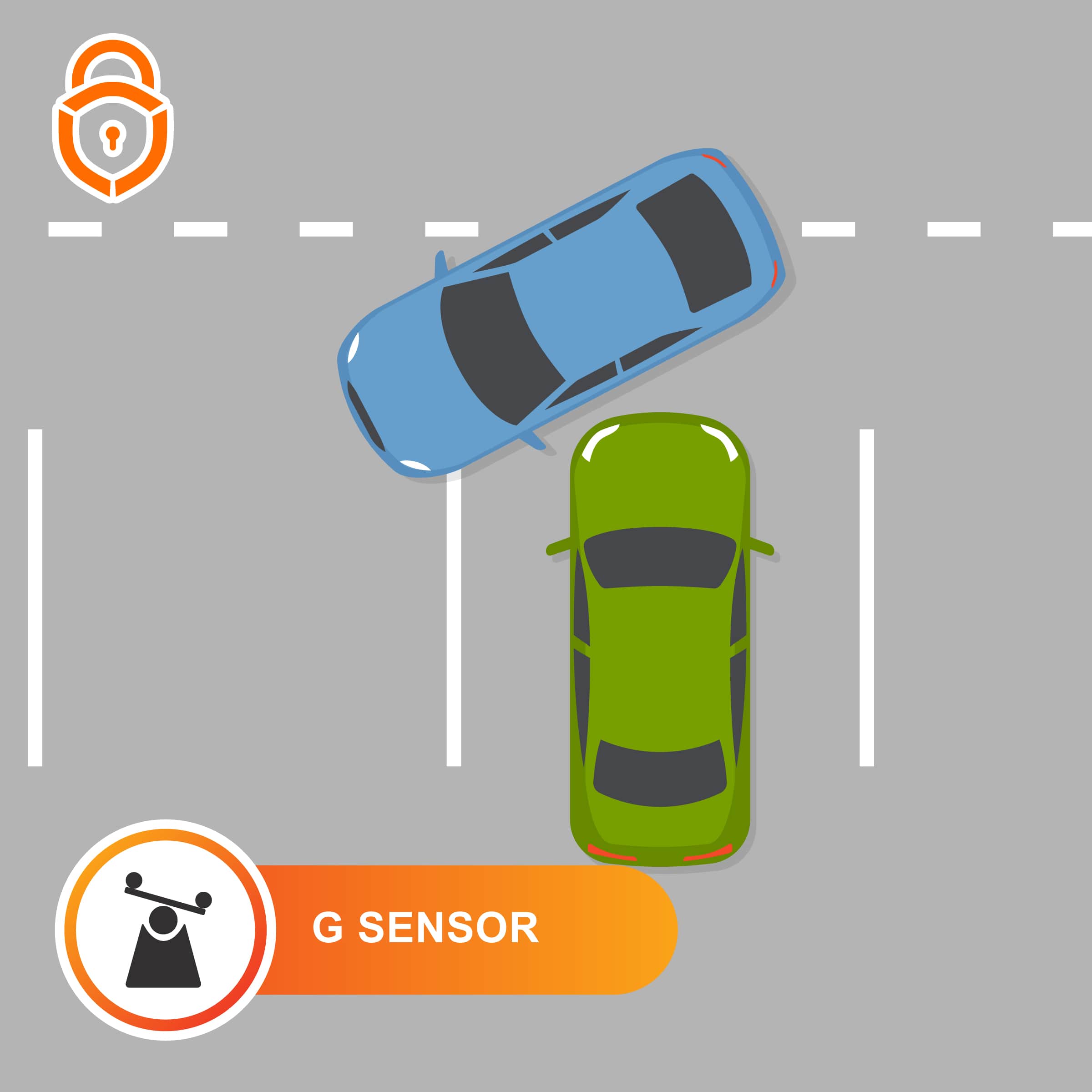INTRODUCING ROVE R2-4K DASH CAM


- 4K Ultra-HD SONY STARVIS Sensor ∭ F1.8 Large Aperture ∭ 6-Glass Wide Angle Lens
- The Hardware is meticulously designed to provide crystal clear 4K video not only during the day but also during the night time with its ultra low light capture sensor with super night vision technology
- Advanced Software is the heart of this dash camera. We have spent countless hours making its custom software for user-friendliness and personalized experience that we desire in today’s world
Please Note:
- ✔ Class 10, U3 Speed Micro-SD Card for 4K Video is required. We Recommend ROVE Ultimate Micro SD Card Class 10, U3 Speed Micro-SD Card. Max Support: 512GB (NOT Included in the packaging)
- ✘ Please DON’T USE any “SanDisk Ultra” or "Generic Class 10 for HD Video" Cards form third party sellers. They are NOT made for 4K high-end dash cam like this one



Parking Monitor
The Parking Mode feature is now made even better. We have custom designed the new feature called 24-Hour Auto Trigger Parking Mode to make the dash camera go into Parking mode automatically when the car’s engine shuts off.
PLEASE NOTE: ROVE’s custom-designed 3-Lead Hardwire Kit is required to use this new feature. You can purchase it separately from ROVE’s website.


Super Night Vision
With the Revolutionary Super Night Vision Technology, the car dash cam can capture clearer videos and photos even in low-light night conditions. F/1.8 Largest Aperture Available + 6-Glass Wide Angle Lens with Proprietary Focal Length of the lens gives you more clear smaller details N/B: No worry in a fully dark environment!
G-Sensor
The Built-In G-Sensor gets activated by sudden collision and locks the current video tile as important evidence for further investigation. G-Sensor also records the 3—Axis impact data on an X-Y-Z Axis graph, so you can see and prove when and where you hit that pothole on the road or where exactly the impact occurred on the google maps.


Time Lapse
Time-Lapse Video allows you to capture specific images per second at a much lower rate. So when you combine and play those images at the normal rate, everything seems to be moving faster in time-lapse. You have three options to choose from: 1 Frame/Second (Normal) 2 Frames/Second (Smooth) 4 Frames/Second (Smoother)

Hardware Specifications



